Old Manual VS New Lenses
If you follow any photography blogs or look at any photography YouTube channels, you will have undoubtedly seen some cool photography guy telling you how you ‘Don't need to spend loads of money on lenses… These old manual lenses are cool and offer great quality!'
But is this true? Can you go on to eBay
and spend $ 20 on an old manual lens that is comparable to a $ 1200 brand new
Autofocus lens?
Surely there HAS to be a catch somewhere?
Let’s dive in and take a good look at the various options and see if we can decide on whether this is true or false.
The great photography debate
Before we go too far, it’s worth noting that ever since photography became a hobby there have been debates about what the ‘best equipment' is and how to best take a photograph.
Honestly, this argument will be going on for forever.
As such, we can’t give you a definitive answer here today, but maybe just some food for thought that will help you make your decision.
How can I get old lenses to fit to my new camera?
You can’t just go and buy any lens and expect it to fit your modern camera, straight away. Every now and then you may just find a lens that you CAN’T adapt to a new camera.
On the whole, you can buy the most popular fit of lenses that you’ll be able to buy an adapter for and use quite comfortably on your brand new digital camera.
These adapters are available on eBay and Amazon quite cheaply and work really well.
You will lose some functions, but we’ll talk about that later.
Manual lenses, like modern lenses, have a ‘fit' and it’s worth sticking to a particular fit so that you don’t have to buy and carry a multitude of adapters and keep changing them.
The most popular camera lens fittings, to help you search on eBay:
M42 — A really old lens fitting that was adopted by most camera manufacturers before they realized that they could make their lenses fit only their own cameras and lock you into their system. There are THOUSANDS of lenses with this fit. You should find these to be some of the cheapest lenses too.
PK — Pentax Fit (Can also be PKA for PK Automatic) A very popular lens fitting that was used by a few manufacturers, not just Pentax. Most notably Ricoh. Once again, lots and lots of lenses in this fit and very good prices.
FDBL/FD — This is a Canon fit, the BL on FDBL stands for Breach Lock. On the early lenses, you had a ring on the lens that you rotated to fit, rather than locking the lens on to the camera body. Lots of lenses available but not as readily available as some of the others and Canon lenses hold their value.
OM — Olympus fit. A really popular lens fitment once upon a time and Olympus produce some of the best lenses for the best price on eBay.
Nikon fit — Nikon fit is probably best avoided for two reasons, firstly the lens system has a lot of different variations and can be fairly complicated to a newbie and secondly, they hold their value really, really well!
New lenses pros and cons
Pros:
● They will just work with your camera no messing around
● They are fully automatic, no faffing with apertures, etc
● Autofocus — much easier especially in low light
● Far better optical coatings these help with flare and other anomalies
Cons:
● Price
● Price (again!)
● Not as creative; lens manufacture tolerances are so good that they are all a bit ‘samey'
● It’s all very ‘point and click' the camera is doing most of the work for you.

Old lenses pros and cons
Pros:
● Really good quality lenses at a fraction of the price
● A huge range of lenses all of which have unique properties
● A feeling of being ‘engaged' with your photography. No more point and click, you have to manually focus, select and aperture. It feels wonderful!
● A lot of old lenses are solid metal and glass… They feel weighty which is nice in your hand
● The older coatings can give you unusual light effects
● They are so, so cheap
Cons:
● The older coatings can give you unusual light effects
● Getting them to work on your camera can be a taff
● No autofocus, although you may get focus confirmation on some cameras
● Manual stop down — as you set the aperture, your viewfinder will get darker

For this test, I used my Fuji xt3 camera with Fujinon 16−55mm 2.8 and Canon FD 50 mm 1.2. This Canon lens, in my opinion, is one of the most wanted and affordable portrait manual lenses and I love it for the beautiful soft effect on the skin (blur).
So below I’ve attached some image samples. I used the same aperture, ISO and shutter speed for both lenses — 500 ISO 1/15 f2.8. Check it out and make your decision whether you want to buy it or not) Left — Fujinon, Right — Canon FD

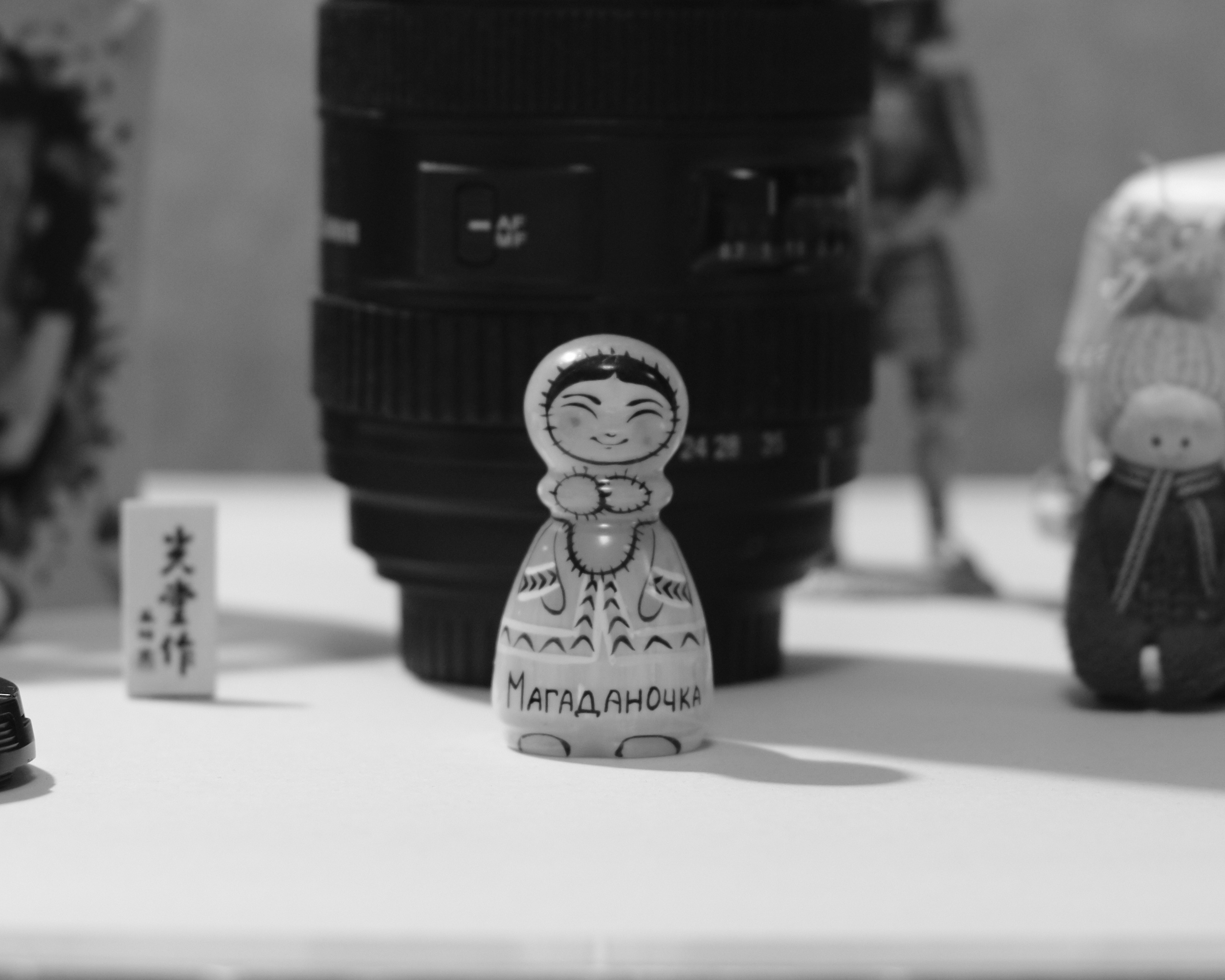


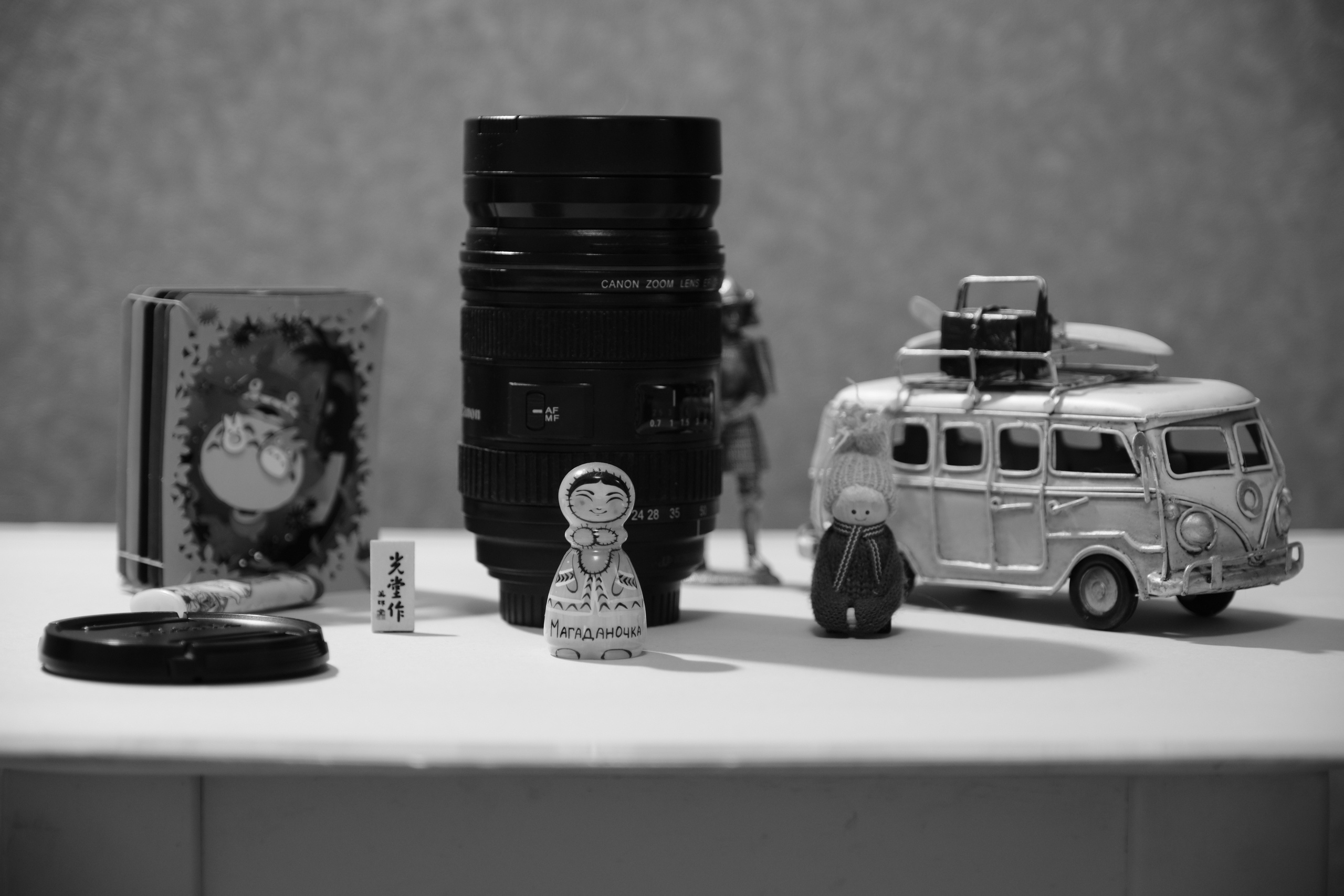
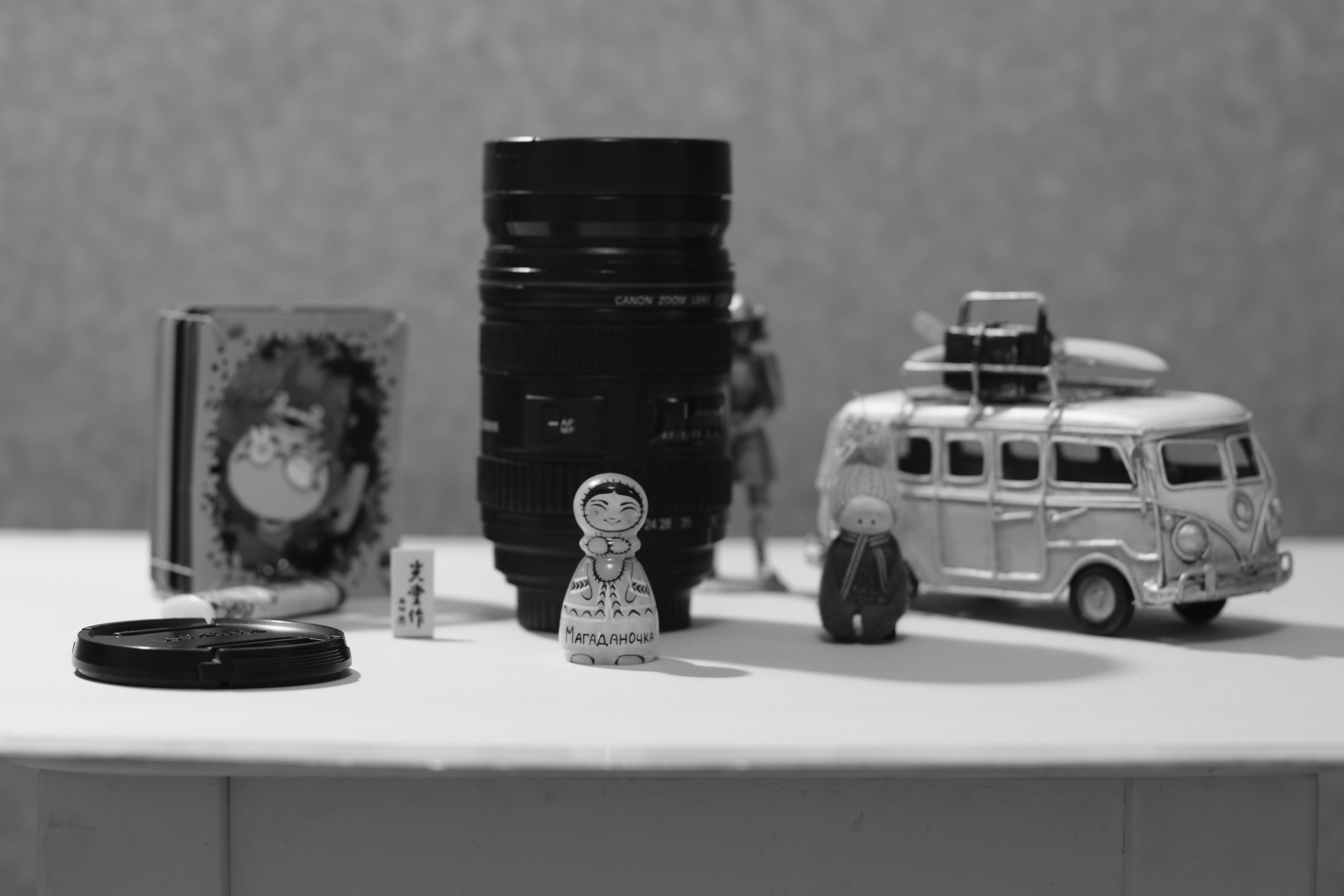
Summary
I guess it depends on how ‘involved' you want to be with your photography. Using manual lenses means you have to get used to the quirks of each lens and the effects of the image it produces, but that can be a wonderful photography experience.
Using modern AF lenses is a lot easier, but the process can be a little sterile. You know it will work, the camera can do most of the things for you, it’s a little bit more point and clicks.
Certainly, some manual lenses are so cheap it really can’t hurt to pick a couple up and just see how they feel and experience using them. Who knows, you may just find a whole new love for your photography.
Блог
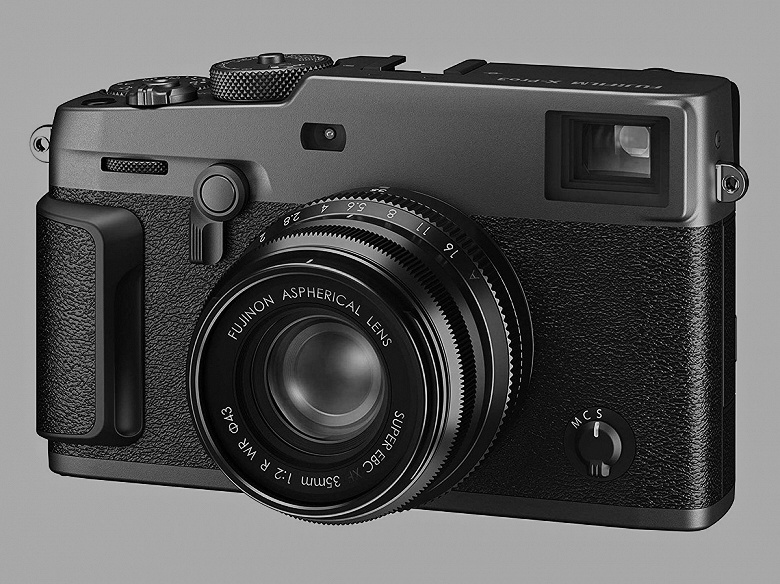
Fujifilm X-PRO3 — Old new rangefinder
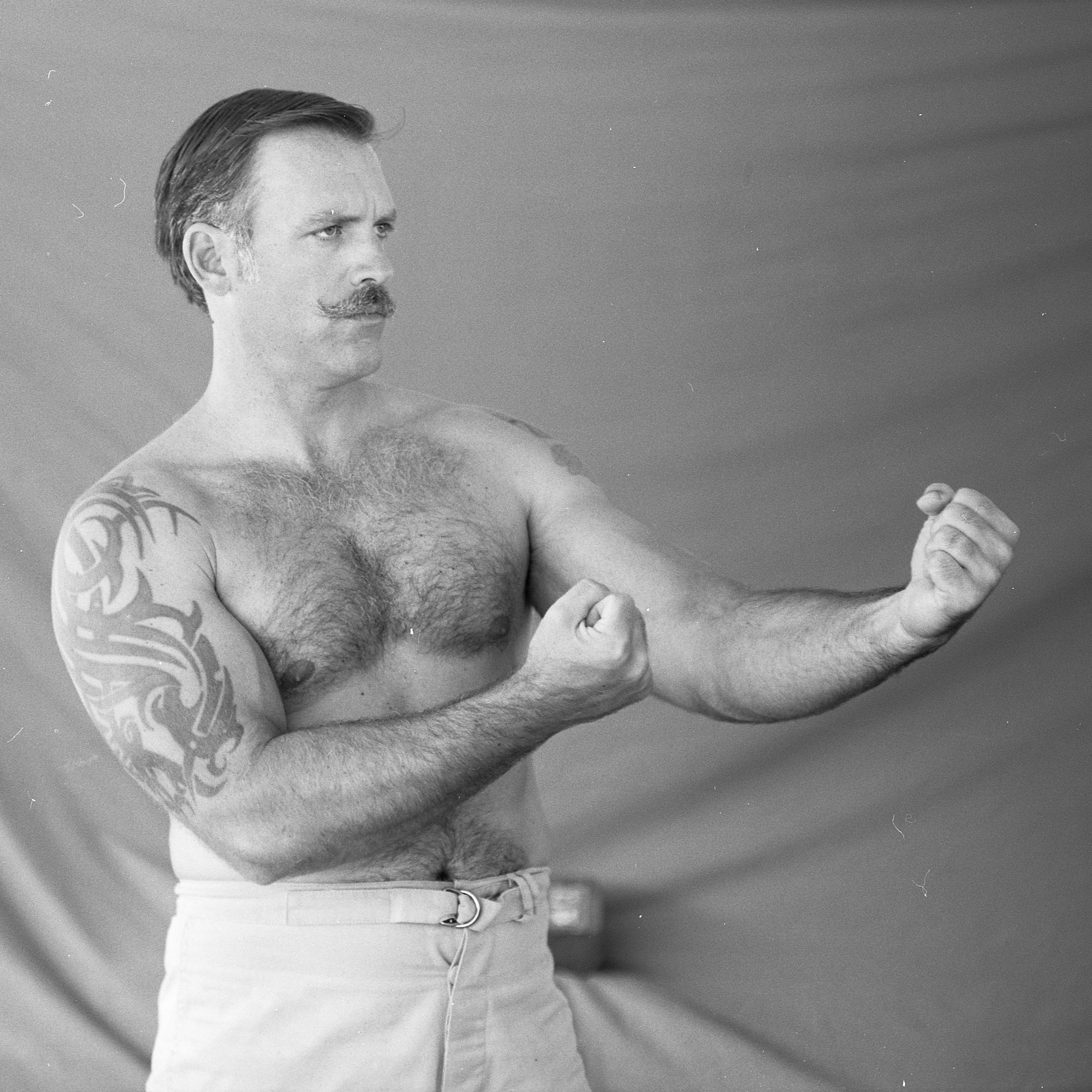
Big interview with Aloha aka BigMike

История священника
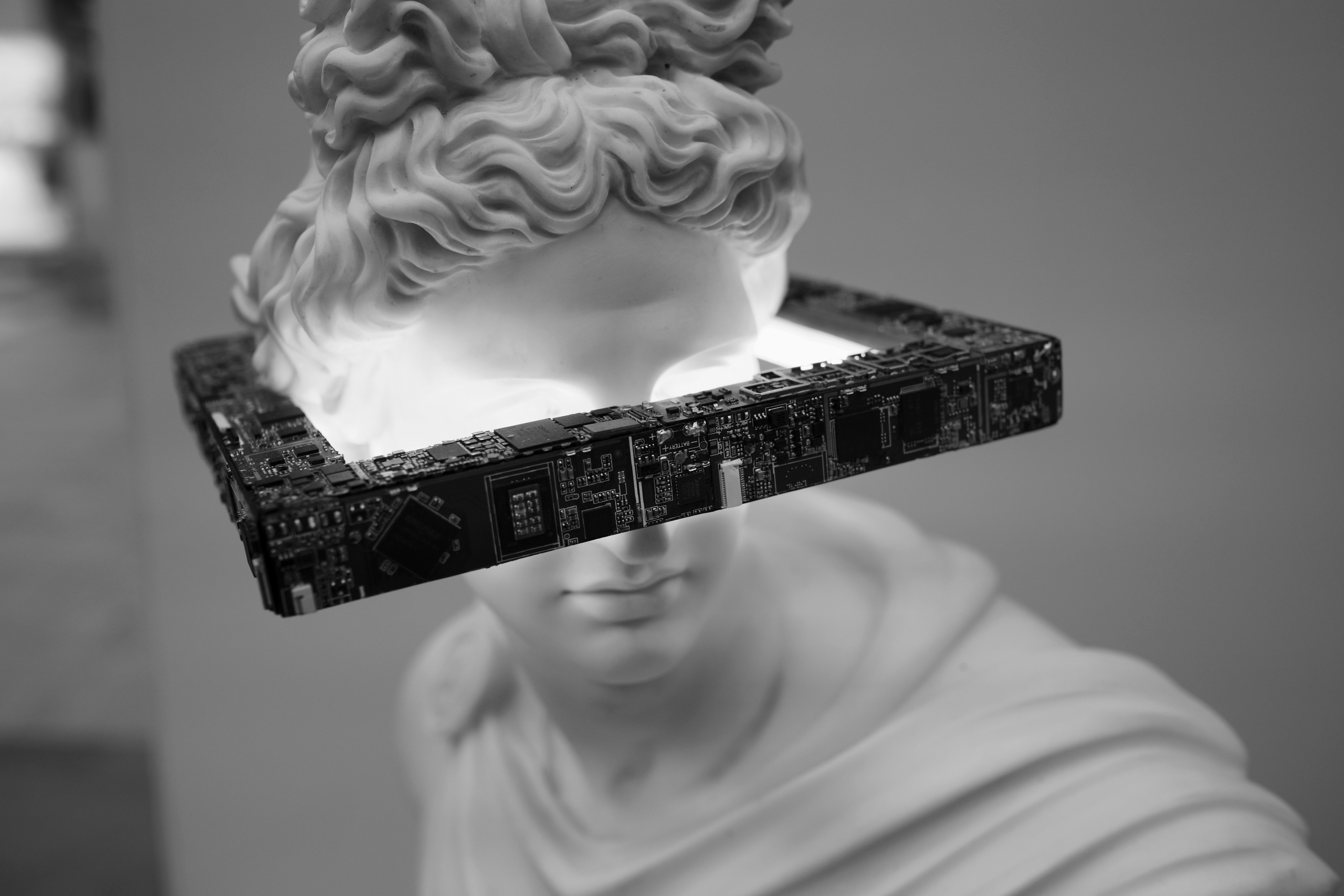
Фотография в современном искусстве









